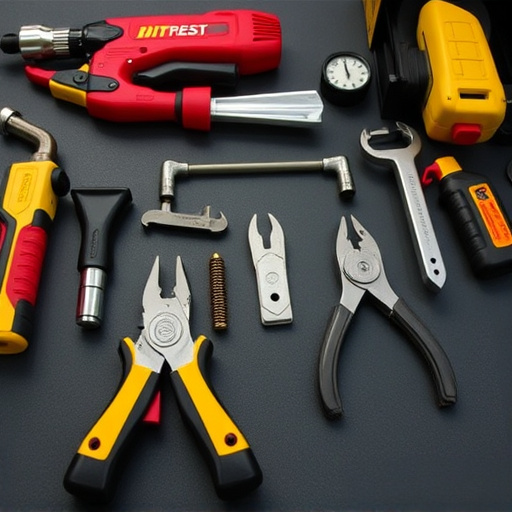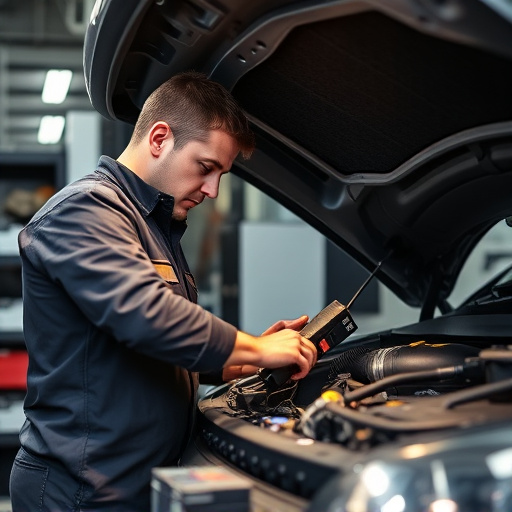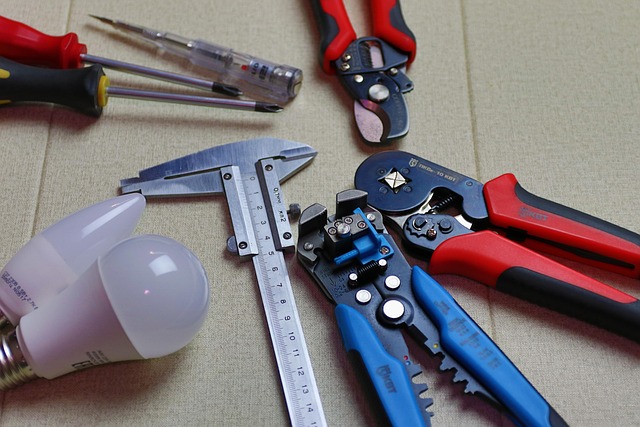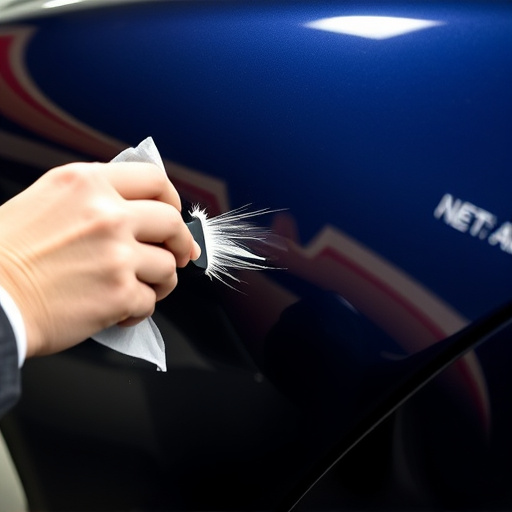In today's digital age, collision repair satisfaction tracking leverages online reviews, surveys, and social media to gather client insights. By analyzing positive and negative feedback, shops can identify operational strengths and weaknesses, enhancing the overall customer experience. This data-driven approach boosts client confidence, fosters loyalty, and solidifies a reputation for excellence in collision repair services.
Technology has transformed the way collision repair shops operate, and now it’s poised to revolutionize customer satisfaction tracking. By leveraging digital tools, shops can gather valuable feedback from clients, gaining insights into their post-repair experiences. This data-driven approach enables informed decisions, allowing businesses to enhance service quality and maintain high collision repair satisfaction standards. From efficient feedback mechanisms to key performance indicators, this article explores effective strategies to measure and improve customer satisfaction in the competitive automotive industry.
- Tracking Customer Feedback for Collision Repair Satisfaction
- Leveraging Data to Improve Service Quality
- Measuring Success: Key Metrics for Collision Repair Shops
Tracking Customer Feedback for Collision Repair Satisfaction

In today’s digital era, tracking customer feedback for collision repair satisfaction has become more efficient and comprehensive than ever before. Automotive businesses can leverage online review platforms, surveys, and social media to gather insights from clients who have experienced autobody repairs or luxury vehicle repair services. By analyzing these feedback mechanisms, shops can identify common pain points and strengths within their operations, allowing them to continually enhance the overall customer experience.
Effective tracking involves not just quantifying positive reviews but also digging into negative feedback to pinpoint specific issues. This data-driven approach enables collision repair facilities to address concerns promptly, from improving communication during the repair process to enhancing the quality of vehicle restoration services. As a result, it boosts client confidence and loyalty, fostering a reputation for excellence in vehicle collision repair.
Leveraging Data to Improve Service Quality

In today’s digital era, leveraging data offers a powerful tool for enhancing collision repair satisfaction. By collecting and analyzing customer feedback through online surveys, review platforms, and direct communication, collision centers can gain valuable insights into service quality. This data-driven approach allows them to identify areas that excel and those needing improvement, enabling targeted strategies to enhance the overall customer experience.
For instance, tracking metrics such as turnaround time, cost transparency, and the quality of car body restoration can reveal critical aspects that impact client satisfaction. With this information, collision centers can streamline processes, improve communication, and refine their techniques, ultimately fostering a reputation for exceptional service and fostering customer loyalty.
Measuring Success: Key Metrics for Collision Repair Shops
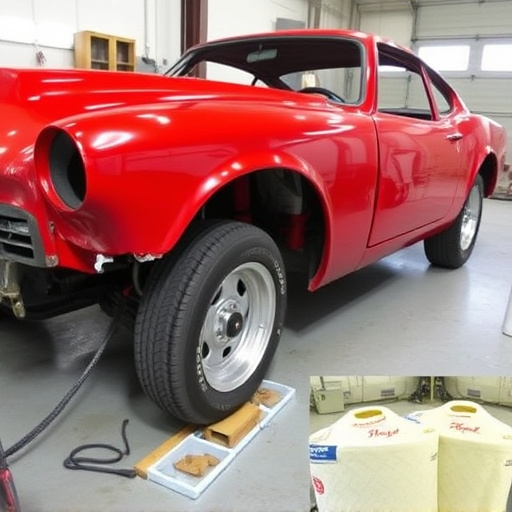
Measuring success in collision repair goes beyond simply fixing dents and chips. It involves understanding and gauging customer satisfaction across various key metrics. These include assessment of work quality, timeliness of service, cost transparency, and communication effectiveness. By collecting and analyzing feedback from customers through surveys or online reviews, automotive body shops can identify areas for improvement in their car paint repair processes.
For instance, tracking the level of satisfaction with dent removal services can reveal trends and provide insights into the skill and efficiency of technicians. Similarly, monitoring overall collision repair satisfaction helps in maintaining high standards across all aspects of service delivery, from initial estimation to final hand-off. This data-driven approach enables automotive body shops to adapt their practices, enhance customer experience, and ultimately foster long-term loyalty among their clientele.
By leveraging technology to track collision repair satisfaction metrics, shops can gain valuable insights into customer experiences. Through systematic collection and analysis of feedback data, they can identify areas for improvement, enhance service quality, and ultimately drive higher collision repair satisfaction levels. This data-driven approach ensures that shops remain competitive in a market where customer trust and satisfaction are paramount.

